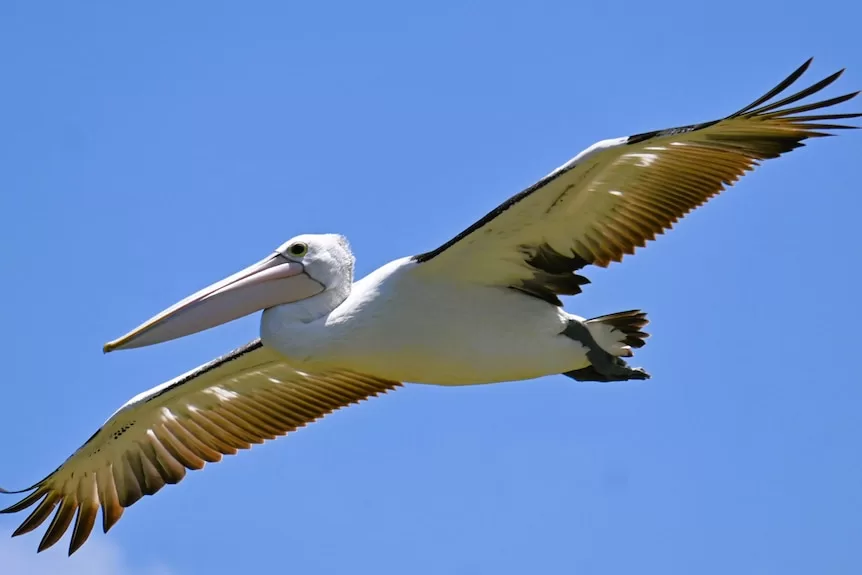- In short: The CLLMM Research Centre in Goolwa, SA aims to combine local, First Nations and scientific knowledge.
- Research conducted there will focus on climate change and adaptation strategies for the region.
- What’s next? Heavy flooding and extreme droughts are predicted to become more frequent as climate change progresses.
Nearly five years after funding was announced, the Coorong, Lower Lakes and Murray Mouth (CLLMM) Research Centre has officially opened in South Australia.
With offices on the bank of the Murray River at Goolwa, between the Hindmarsh Island bridge and the barrage, the centre will conduct research with a particular focus on climate change and adaptation.
It will be run by the Goyder Institute for Water Research, a collaboration between SA’s Department for Environment and Water, the CSIRO, Flinders University, the University of Adelaide and the University of South Australia.
Institute Director Alec Rolston said the launch on Saturday was timed to coincide with World Wetlands Day, reflecting the region’s status as a wetland of international importance.
Dr Rolston said the centre would bring together First Nations people and other community members with governments to talk about their priorities for the region.
“There will be change coming in the next 20, 30, 40 years and we need to work together to understand what that change might be and what information people need,” he said.
“Not just [to] understand what those changes might be, but how they need to work together and manage to adapt to that change.”
Dr Rolston said the Murray Darling Basin would see more frequent, heavier rainfall events and more severe flooding but also more frequent and prolonged drought events.
He said the centre would bring together groups to learn from what had happened in the past, identify knowledge gaps and co-design research to offer solutions to issues in the region so people could make informed decisions.
Member for Mayo Rebekha Sharkie officially opened the centre, telling the crowd she first approached then-Finance Minister Mattias Corman in 2019 for the funding.
An in-principle agreement for $8 million of federal funding to create the centre was then reached.
Ms Sharkie told the crowd she hoped the centre would be welcoming to all people in the area, including citizen scientists and children, who would play a key role in protecting the environment in years to come.
“As someone who has driven the river many times, you’re seeing right across the basin — western New South Wales, into Victoria — expansions of permanent plantings,” she said.
“I worry about the effect of that on the river, particularly in dry years.
“We’ve seen that we now have cotton in places like Walgett. We’re growing different products that require 1500mm [of water] a year in areas that traditionally get around 300 [mm of rain]. It’s a huge amount of pressure and stress to put on one river system.”
First Nations collaboration
Part of the centre’s purpose is to draw on local First Nations knowledge and work in collaboration with citizen scientists in the region.
Its First Nations engagement officer Nathan Hartman said he had already started holding workshops with both Ngarrindjeri and Boandik people to foster collaboration.
“Parts of the South Lagoon are shared between the Boandik and Ngarrindjeri people and so it’s very important to get both nations to have a say and be involved out of protocol, respect and due process,” he said.
A big hit with all ages at the event was an augmented reality sandbox.
University of South Australia Professor of Geology and Geochemistry Tom Raimondo said it used glass beads that could be manipulated to recreate topography and a light projector to beam down simulated imagery of different environmental scenarios.
Professor Raimondo said the sandbox could display spatially current and historical data collected across the Coorong by sensors to measure salinity and water quality across the course of the seasons and year-to-year.
“What did the patterns in the data look like? You’ll be able to see it projected on top of the sand and then run a simulation,” he said.
“We want the community to understand from a scientific point of view: how has the landscape changed, what does the history of the environment look like and how can we use that to better understand what it might look like in 10 or 20 or 100 years time?”
Get our local newsletter, delivered free each Friday
